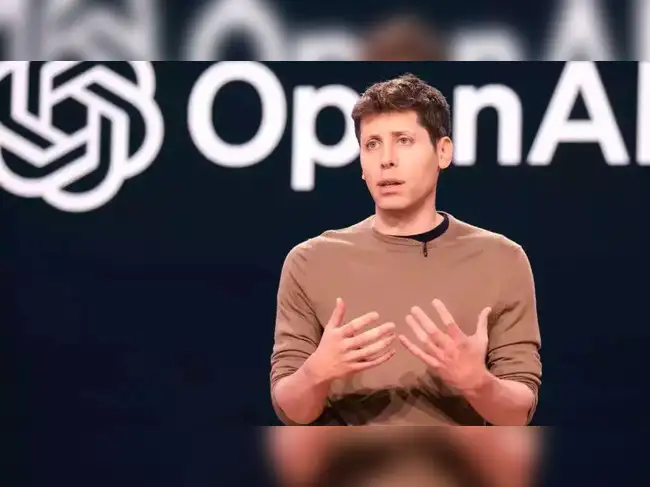India, home to one of the largest youth populations in the world, is uniquely positioned to lead the global artificial intelligence (AI) revolution. Yet, despite a booming tech ecosystem and strong government interest in digital transformation, India faces a severe AI talent gap. The nation is grappling with a shortage of skilled AI professionals, which threatens to stall innovation, slow down digital transformation, and reduce competitiveness on the global stage.
This blog explores the root causes of this talent gap and presents future-first higher education as a strategic solution. By rethinking how we educate and skill our next generation, India can become a powerhouse in AI innovation and deployment.
The Reality of India’s AI Talent Gap
According to a report by Nasscom, India needs over 1 million AI professionals, but the current supply stands at less than a quarter of that number. Even top companies like Infosys, Wipro, and TCS report difficulty in finding engineers proficient in AI, machine learning (ML), data science, and related technologies.
Key Challenges Behind the Talent Gap:
- Outdated Curricula: Most Indian universities still teach legacy programming and theory-heavy AI content, lacking hands-on projects and real-world applications.
- Faculty Shortage: There is a dearth of trained faculty who can teach advanced AI topics like deep learning, neural networks, or NLP.
- Limited Industry-Academia Collaboration: The gap between academic institutions and industry demands is wide. Students graduate unprepared for real-world AI roles.
- Urban-Rural Divide: Premier AI education is concentrated in tier-1 cities, leaving students in smaller towns without access.
- Brain Drain: Top AI talent often leaves India for higher education or jobs in countries like the U.S., Canada, or Germany.
Why Future-First Higher Education is the Solution
To bridge the AI talent gap, India must redefine its higher education model. A future-first approach means:
- Emphasizing experiential learning over rote memorization
- Integrating cutting-edge technologies into the curriculum
- Aligning education with industry needs
- Making education inclusive and accessible across all regions
Let’s break this down further.
Key Pillars of Future-First Higher Education in India
1. Curriculum Aligned with the AI Industry
Universities should work directly with AI-driven companies to co-create curricula that address the real needs of the market. This includes:
- Python and R for data science
- TensorFlow, PyTorch for deep learning
- NLP, computer vision, reinforcement learning
- Ethical AI and data governance
Regular syllabus revisions must be institutionalized to stay aligned with the fast-changing tech landscape.
2. Hands-On Learning Through Projects and Internships
Students learn best by doing. Partnering with companies to offer capstone projects, real-time problem-solving, and internships will help students apply AI concepts practically. Platforms like GitHub, Kaggle, and Coursera should be integrated into the academic framework.
3. Faculty Development Programs
We must invest in the upskilling of educators. Government and private sector collaborations can fund faculty training bootcamps, international exposure, and AI research fellowships to strengthen teaching quality.
4. Public-Private Partnerships (PPP)
PPP models can accelerate AI education through shared infrastructure, mentoring, and funding. Think of Google’s AI courses in Indian universities or Microsoft’s AI Digital Labs.
5. National AI Research Universities and Incubators
Creating specialized AI universities like China’s AI Institute or MIT’s Schwarzman College of Computing can centralize talent, research, and innovation. These can become global AI hubs, attracting talent from India and beyond.
6. Inclusion and Accessibility
AI learning must be democratized. Remote learning via MOOCs, language localization of AI content, and scholarships for marginalized groups can help bridge the digital divide.
Government Initiatives in the Right Direction
The Government of India has launched several promising initiatives:
- National Education Policy 2020 (NEP 2020): Focus on interdisciplinary and flexible education
- National AI Portal (INDIAai): Knowledge hub for AI learning and resources
- FutureSkills PRIME (NASSCOM + MeitY): A skilling platform for emerging tech, including AI
However, these efforts need faster execution, deeper partnerships, and scalability to make a significant impact.
The Role of Startups and EdTech
India’s EdTech ecosystem is booming. Companies like UpGrad, Great Learning, and Simplilearn offer industry-relevant AI certifications. These platforms can fill the immediate gap by reskilling working professionals and training new graduates.
Startups, especially those in Tier 2/3 cities, should collaborate with colleges and the government to make AI education more grassroots and regional in its reach.
Conclusion: India’s AI Future Depends on Education Today
India stands at the cusp of an AI revolution. But to truly lead globally, we need to fix the root issue: lack of skilled AI talent. The answer lies not in short-term hacks but in transforming our higher education into a future-ready engine that produces innovators, researchers, and practitioners.
With government support, private sector participation, and a clear vision, India can close its AI talent gap and emerge as a global leader in ethical, inclusive, and impactful AI innovation.


